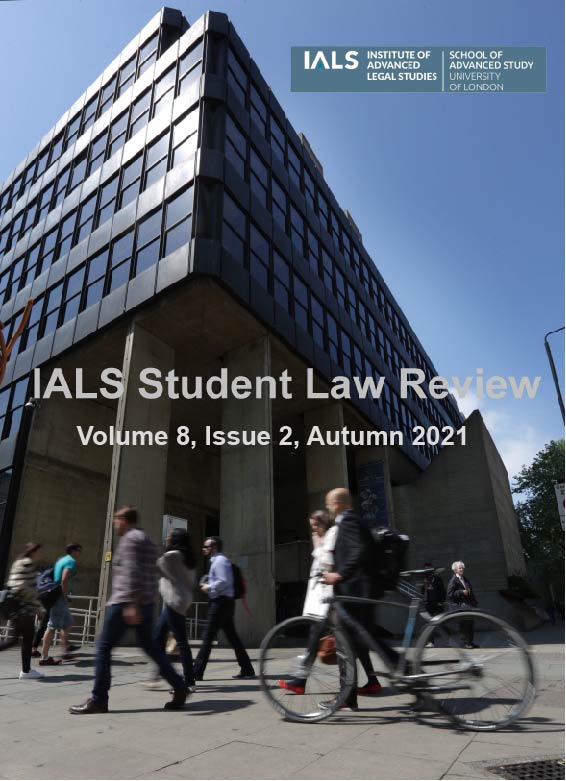The limits of refugee protection in mass influx situations
Are there exceptions to non-refoulement?
DOI:
https://doi.org/10.14296/islr.v8i2.5331Abstract
This decade has witnessed a striking rise in the number of refugees globally, a category of persons whom enjoy the right of non-refoulement, which dictates that no refugee or asylum seeker is to be returned to any territory where he or she may face persecution, torture, or other ill-treatment. This fundamental obligation is both of a customary nature and enshrined in numerous instruments, the most pertinent of which for the purposes of refugees being the 1951 Convention Relating to the Status of Refugees. Despite this, an alarming trend has emerged in the practice of states in direct contravention thereto. A number of states have sought to curb refugee movement and intake through, inter alia, bilateral agreements and forcible repatriation. In light of this, this article undertakes a critical examination of the principle of non-refoulement, with a view to demonstrating its patent inviolability. The article responds to the proposition that large-scale refugee movements may justify the institution of a system exempting states from honouring the international legal obligation at issue, to which it argues that there can be no viable grounds on which to derogate from the cornerstone of refugee protection. It first explores non-refoulement’s centrality to the refugee protection framework in international law, particularly focusing on the context in which the 1951 Convention was drafted, the normative character of the principle, derogations provided for in human rights treaties, and existing coping mechanisms. The paper thereafter critically assesses the conceivable theoretical and practical consequences of allowing exceptions to the cardinal rule in times of mass influx situations.
Downloads
Downloads
Published
Issue
Section
License
Work published in the IALS Student Law Review is licensed under a Creative Commons Attribution-NonCommercial-NoDerivs 3.0 Unported License.
Those who contribute items to IALS Student Law Review retain author copyright in their work but are asked to grant two licences. One is a licence to the Institute of Advanced Legal Studies, School of Advanced Study of the University of London, enabling us to reproduce the item in digital form, so that it can be made available for access online in the open journal system and repository and website. The terms of the licence which you are asked to grant to the University for this purpose are as follows:
'I grant to the University of London the irrevocable, non-exclusive royalty-free right to reproduce, distribute, display, and perform this work in any format including electronic formats throughout the world for educational, research, and scientific non-profit uses during the full term of copyright including renewals and extensions'
The other licence is for the benefit of those who wish to make use of items published online in IALS Student Law Review and stored in the e-repository. For this purpose we use a Creative Commons licence allowing others to download your works and share them with others as long as they mention you and link back to your entry in IALS Student Law Review and/or SAS-SPACE, but they can't change them in any way or use them commercially.



